Our research addresses an issue of critical importance targeting the understanding of the consequence of circadian disruption on health and disease
The rotation of the Earth around its own axis creates daily changes in the environment of all living species.
To anticipate these changes and be more adapted to this fluctuating environment, they have all adapted an evolutionary conserved circadian clock that controls most aspects of physiology.
The exposition to conditions that disrupt this circadian clock such as shift work, disrupted light exposure or the use of screens or smartphones at night causes chronodisruption that can have a broad impact on health, including predispositions for pathologies like obesity, diabetes, cancer or neurological disorders.
Our goal is to understand and characterize the mechanisms of how chronodisruption can lead to the development of pathology. Our research addresses an issue of critical importance targeting the understanding of the consequence of circadian disruption on health and disease. Our understanding of the causal relationship between chronodisruption and pathologies will open new possibilities to fight these diseases and prevent their development through new health policies or pharmacological treatments.
Group leader

Associate Professor Frederic Gachon
Group Leader, Physiology of Circadian Rhythms
Centre for Cell Biology of Chronic Disease, IMB
+61 7 334 62017
f.gachon@imb.uq.edu.au
UQ Experts Profile
Our Approach
We use human and animal studies and Omics technologies to describe the impact of environmental factors or genetic disruption of the circadian clock on normal physiology and pathology, as well as the involved molecular mechanisms.
Research Areas
Our research aims at characterizing how chronodisruption leads to pathologies, in particular for:
Ageing
- Dementia and Alzheimer’s disease
Common disease
- Liver pathologies, including Non-Alcoholic Liver Disease
- Metabolic diseases, obesity and diabetes
Into the future
- Children development and growth
General enquiries
+61 7 3346 2222
imb@imb.uq.edu.au
Media enquiries
IMB fully supports UQ's Reconciliation Action Plan and is implementing actions within our institute.
Support us
Donate to research
100% of donations go to the cause



